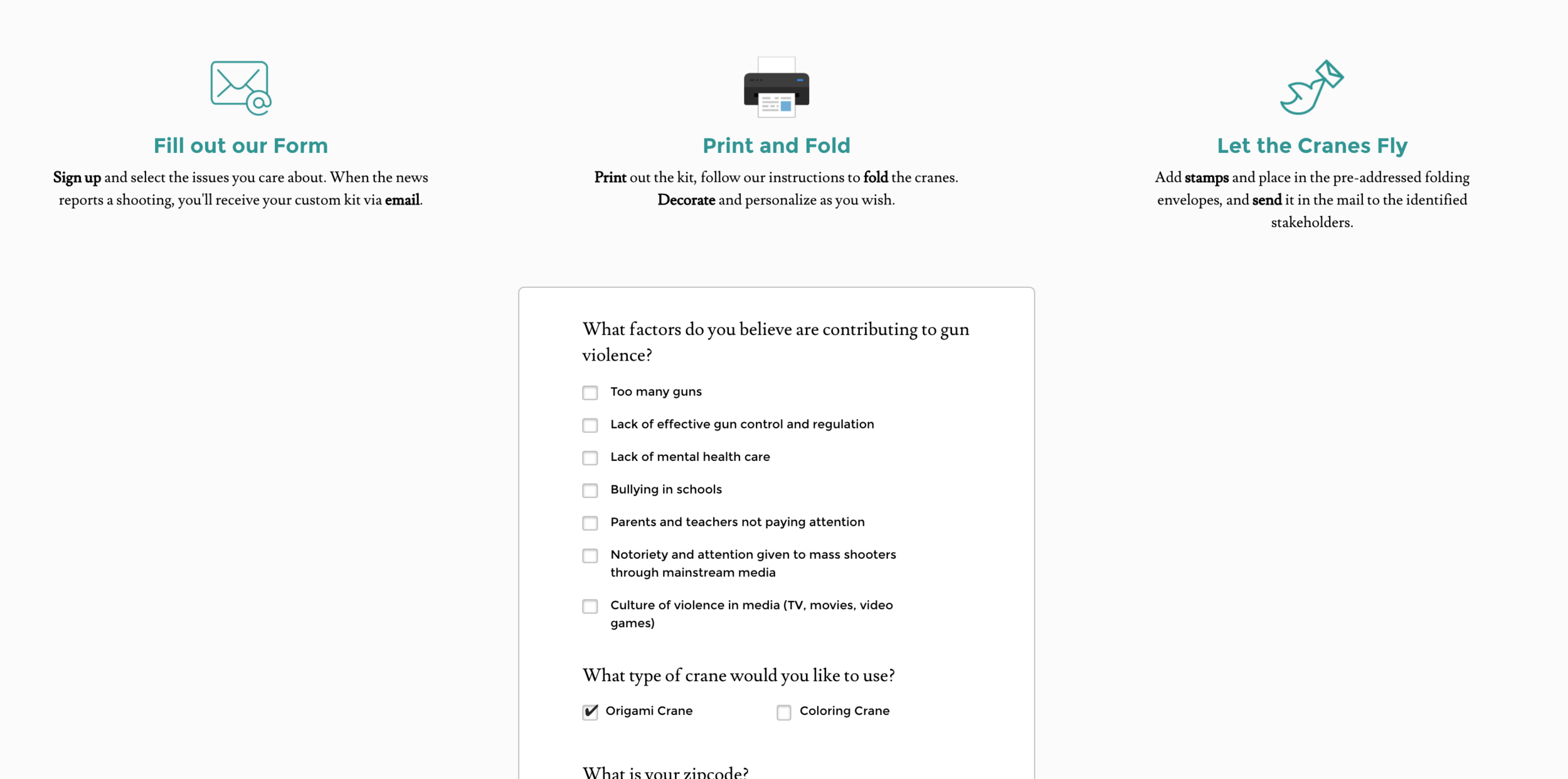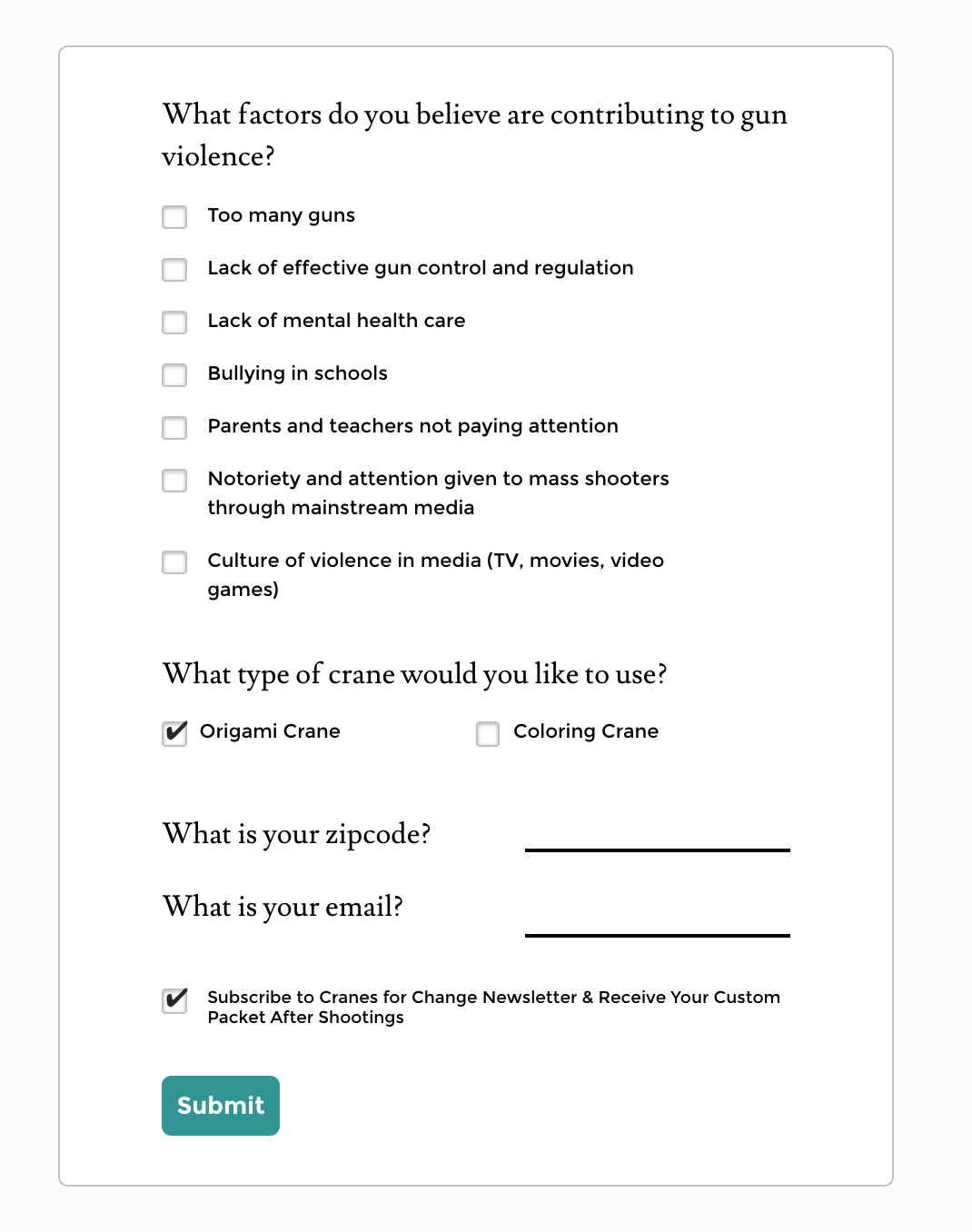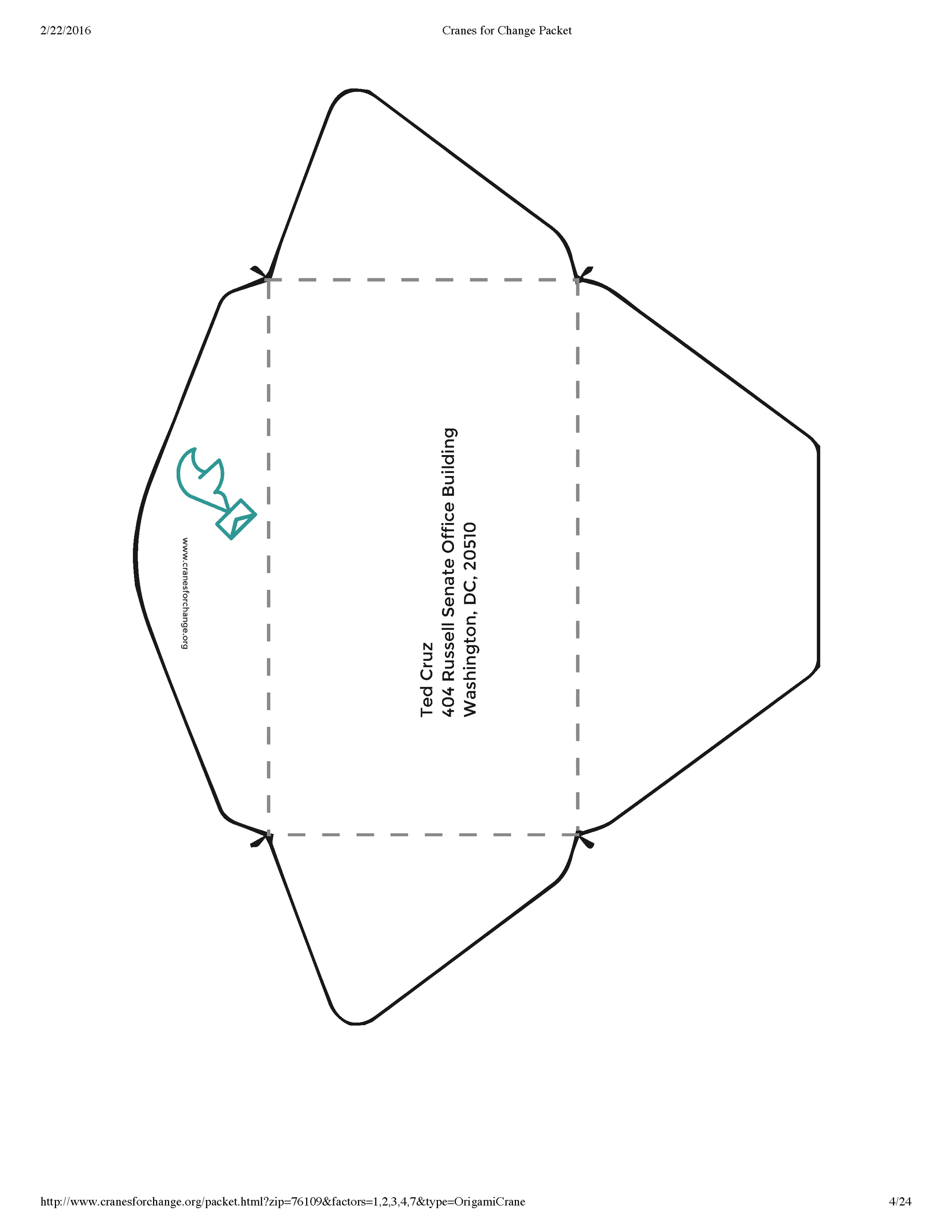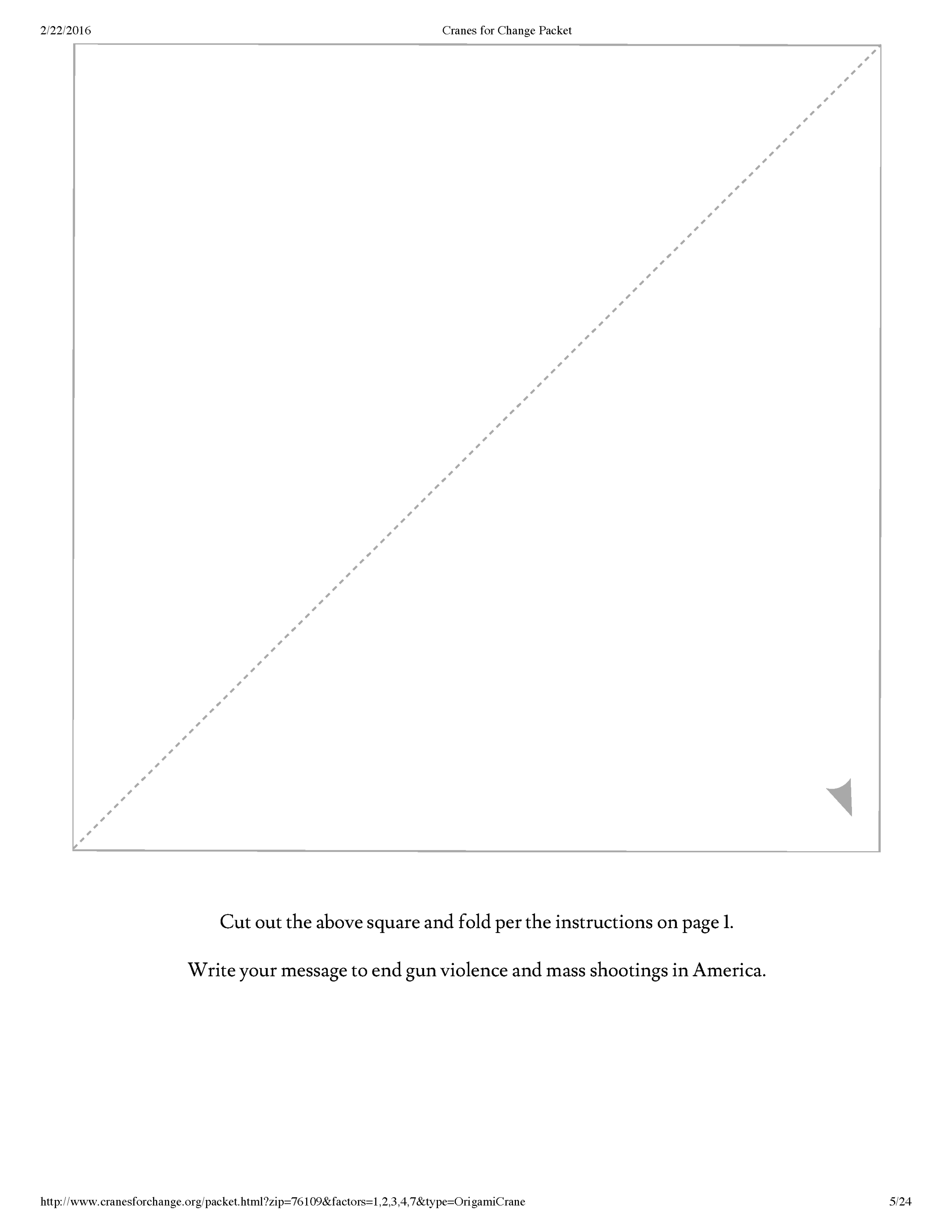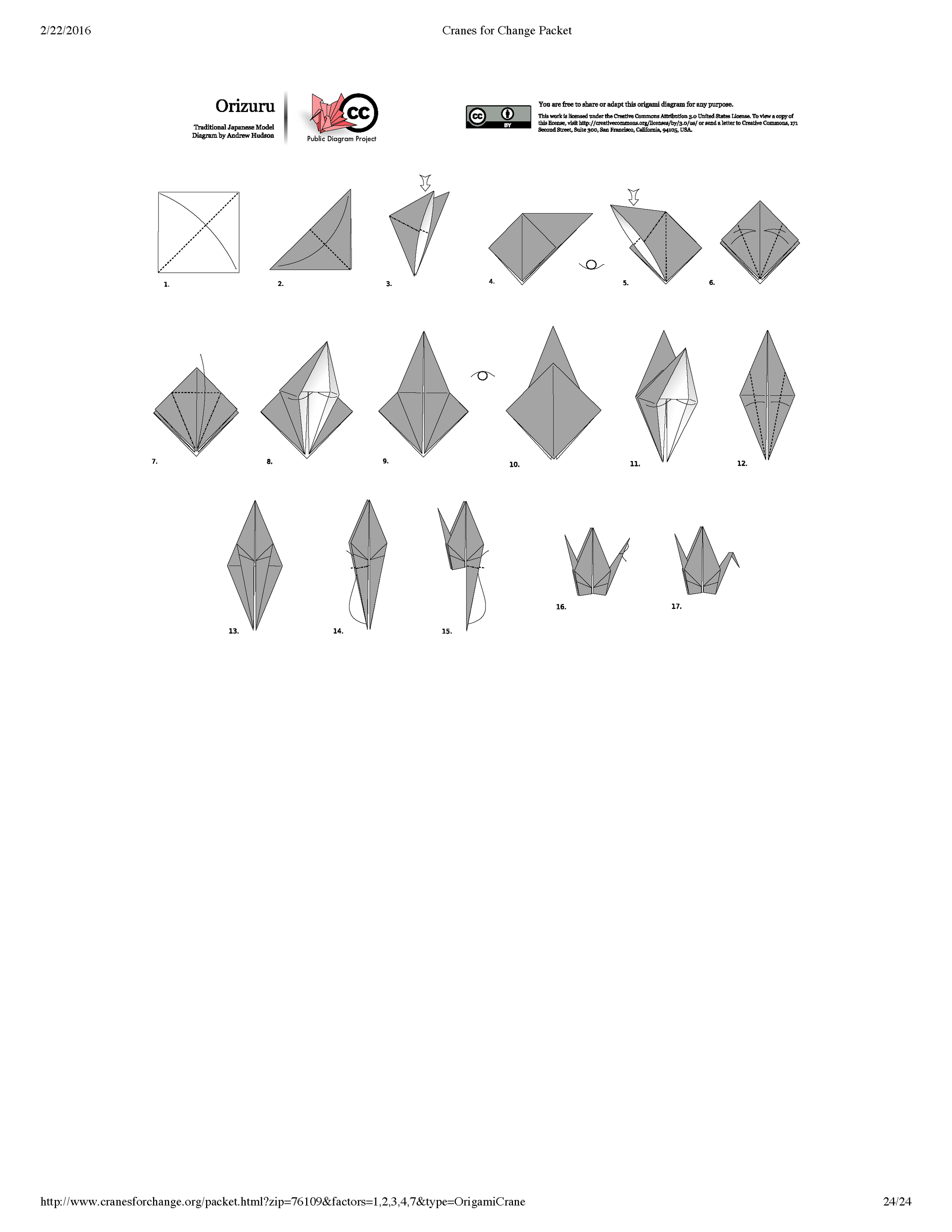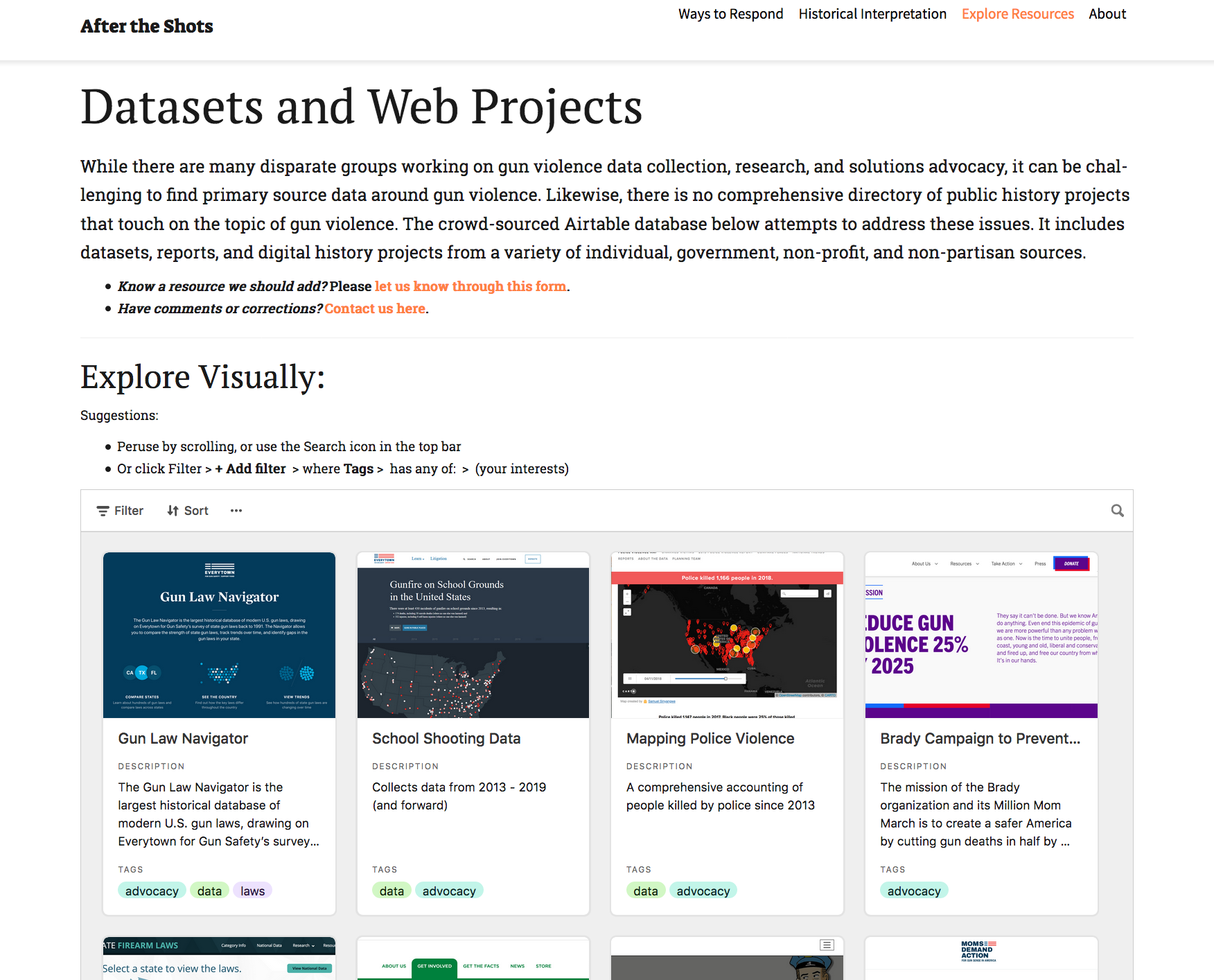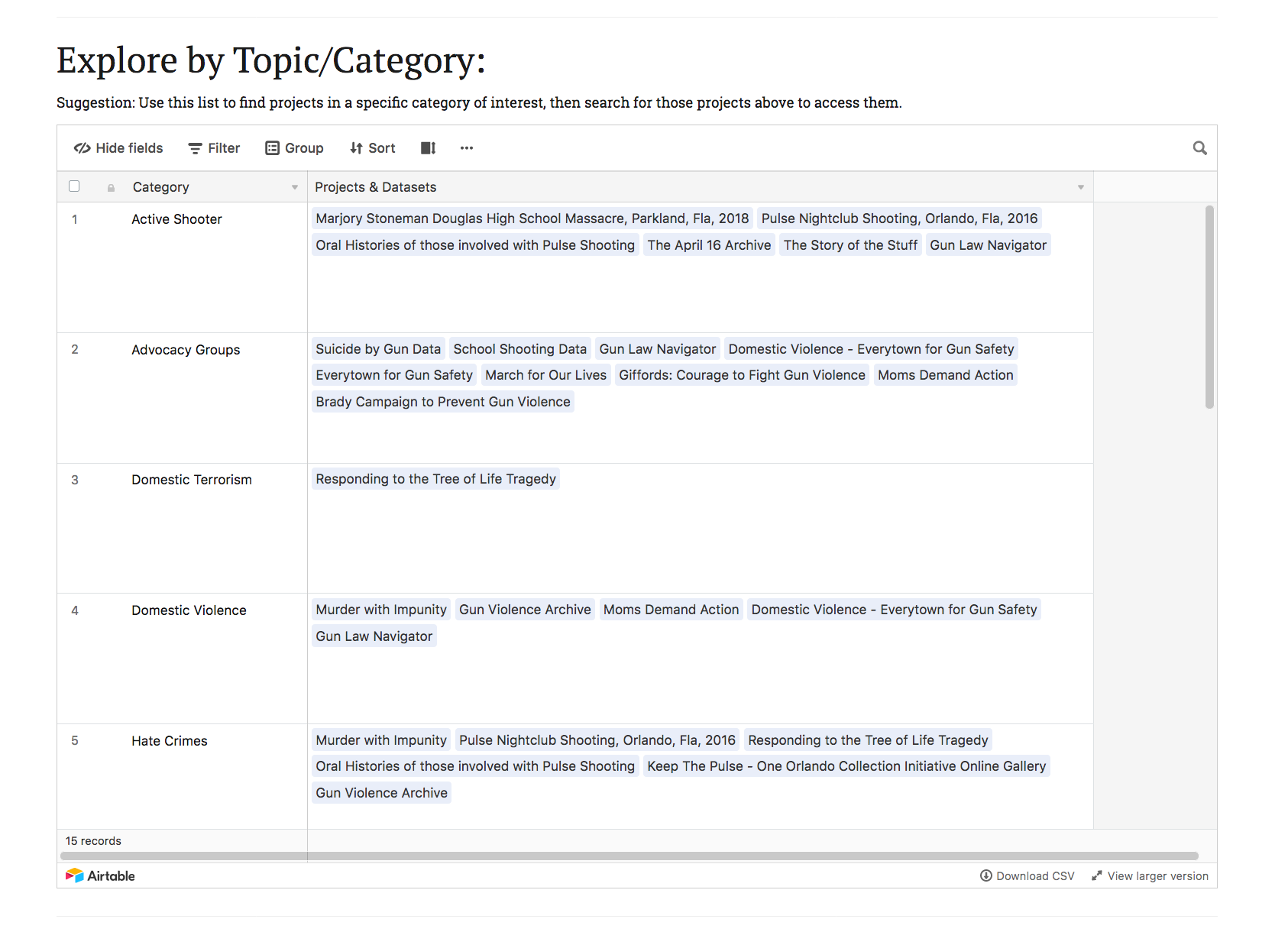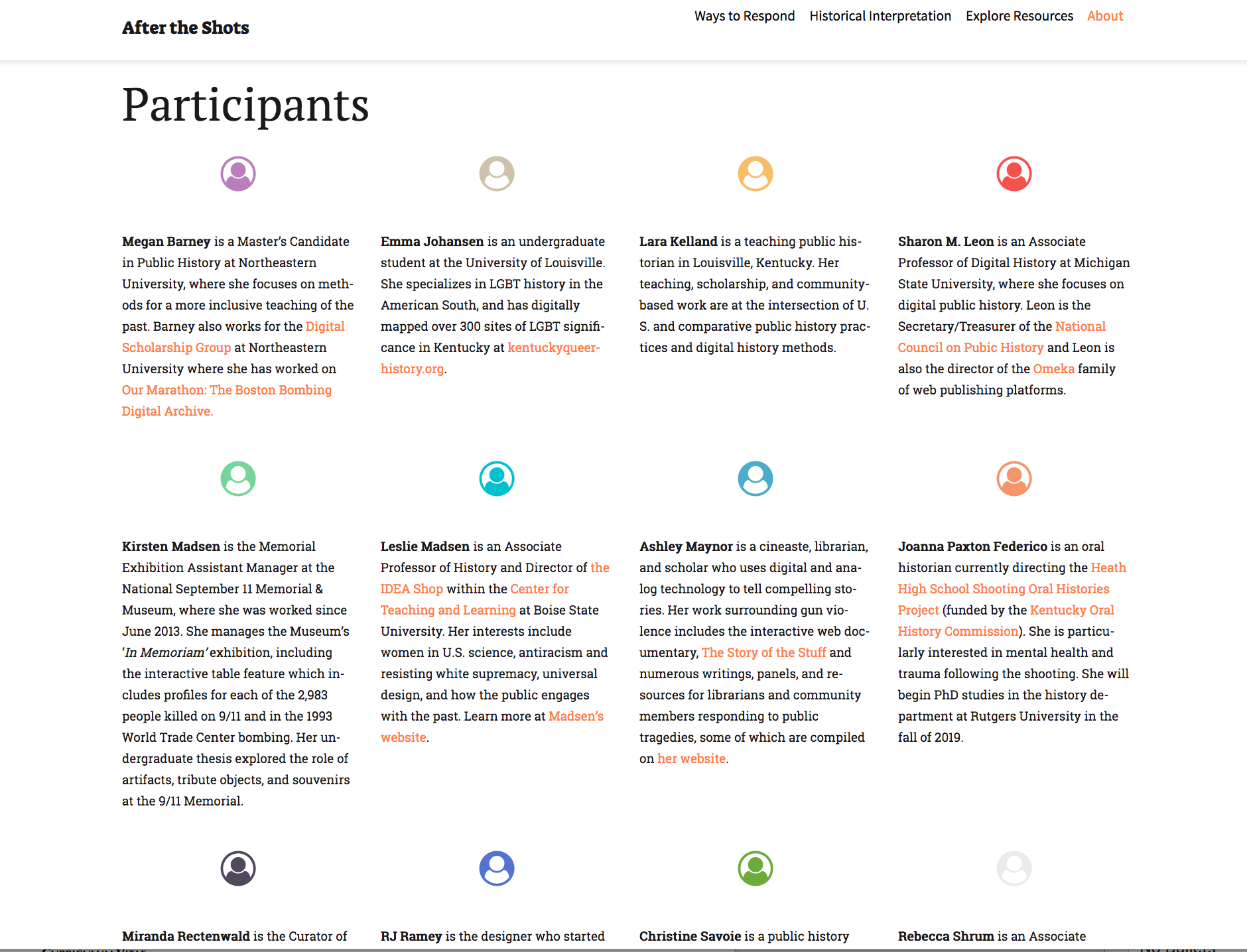Since 2007, I’ve engaged in various forms of activism around gun violence prevention, including the following projects:
CRANES FOR CHANGE - A Mobile-Based Web App for Gun Violence Activism - 2015-2017
Following my experience of the 2007 Virginia Tech shooting, I spent years researching and exploring what happens to the tens of thousands of items people send following tragedies. The interviews and footage I gathered are now available as part of the interactive web documentary, The Story of the Stuff. After seeing how overwhelmed communities can become by the outpouring of mail and donations, I wondered if there was a way to reverse the flow of stuff to people in positions to effect meaningful change to prevent gun violence. The talented and generous folks at Murmur and VividStory joined me in this endeavor to create more peace in the world.
What did it do?
This simple web app (active from 2015-2017) allowed individuals from a wide range of political viewpoints to select factors they believe are contributing towards gun violence. Those selections along with their zip code would then generate a printable PDF complete with origami instructions, pre-addressed envelopes, and space for their custom message to stakeholders associated with the selected issues (e.g. members of congress, the NRA, Parent-Teacher organizations, etc). Think of it as a more-analog and targeted Resistbot developed prior to the 2016 election! The goal was to flood the mailboxes of stakeholders with messages urging specific action instead of flooding victim communities with well-meaning but useless stuff.
The app was retired in November 2017 following a change in the underlying API and proliferation of other comparable tools, such as Resistbot and Daily Action.
Why cranes?
While the quantity and variety of items sent to sites of tragedy varies, one item that reappears at nearly every site is origami cranes. As just one example, after the Virginia Tech tragedy, Blacksburg received more than 32,000 paper cranes!
While we can’t be exactly sure why cranes are so common, it likely has to do with the cultural significance of the crane, particularly senbazuru in Japanese culture. An ancient Japanese legend promises that anyone who folds a thousand origami cranes will be granted a wish by a crane.
We chose to use the origami crane because it is our wish to end gun violence and mass shootings in America. Perhaps when we all fold a thousand cranes together we can accomplish this goal.
PRESS:
"In the Wake of Tragedy: Librarian and archivist’s web documentary explores makeshift memorials." American Libraries Magazine. George M. Eberhart. December 14, 2015. <http://americanlibrariesmagazine.org/2015/12/14/story-of-the-stuff-wake-of-tragedy/>.
"This Documentary Explores the Deeper Meaning of the Gifts That Pour in After Mass Shootings." The Trace. Elizabeth Van Brocklin. December 14, 2015. <http://www.thetrace.org/2015/12/mass-shooting-donations/>.
"Redirecting Sympathy After Mass Shootings Toward Those Who Can Effect Change." WNPR - Connecticut Public Radio. Diane Orson. December 14, 2015. <http://wnpr.org/post/redirecting-sympathy-after-mass-shootings-toward-those-who-can-effect-change#stream/0>.
After The SHots - A Hackathon for Historians Around Gun Violence
Role: Organizer, Co-Author, Database Lead
OFFICIAL SITE
On Wednesday, March 27, 2019, sixteen public historians came together for a day of productive building at the National Council on Public History Annual Meeting in an attempt to scaffold resources and historical interpretation around the issue of mass gun violence. Working through the day, teams assembled existing resources and refashioned them to highlight the kinds of skills and expertise public historians can bring to the many civic conversations that happen in the aftermath of shootings. The results of that work cluster around several areas:
Our team designed and hosted a one-day hackathon event. The result is an ongoing digital site which includes a Rapid Response Kit for public historians to access after a shooting event, trauma and self-care resources, aggregated data on gun violence in a searchable database, historical interpretation examples, and educational materials.
Lead Collaborators:
Joanna Federico, oral historian
Lara Kelland, University of Louisville
Sharon Leon, Michigan State University
Exhibitions:
National Council on Public History, Hartford, Connecticut, March 2019.

